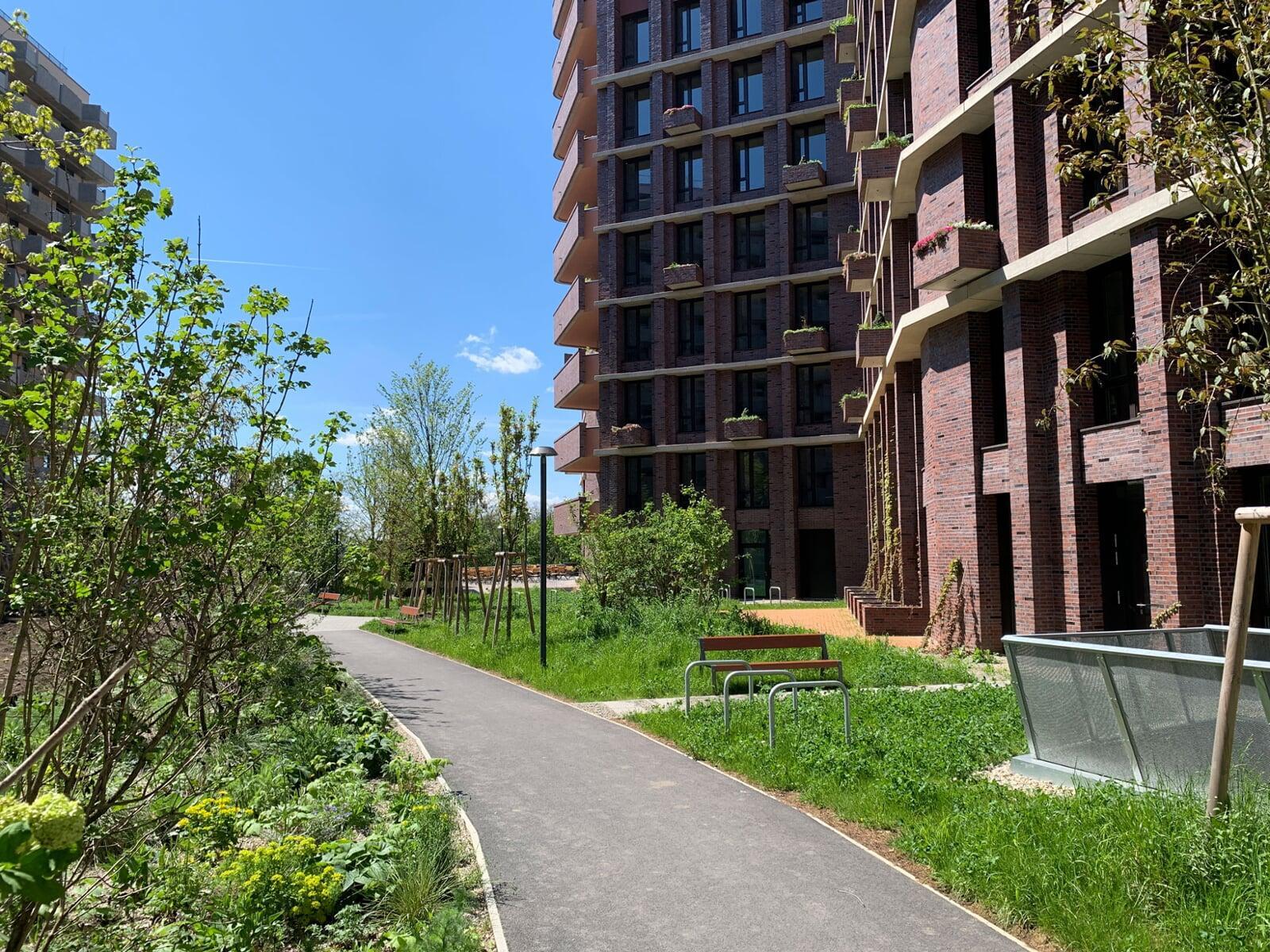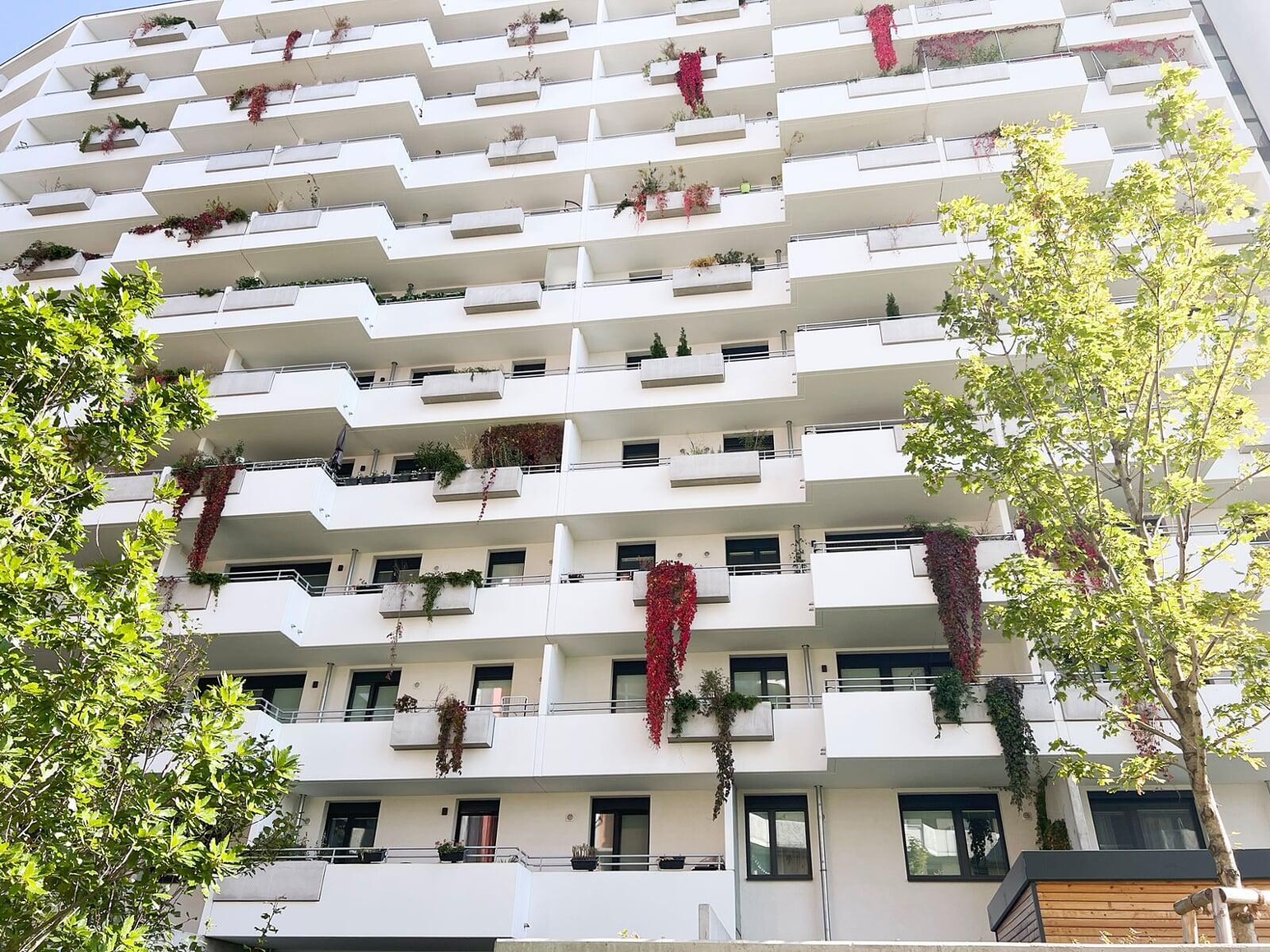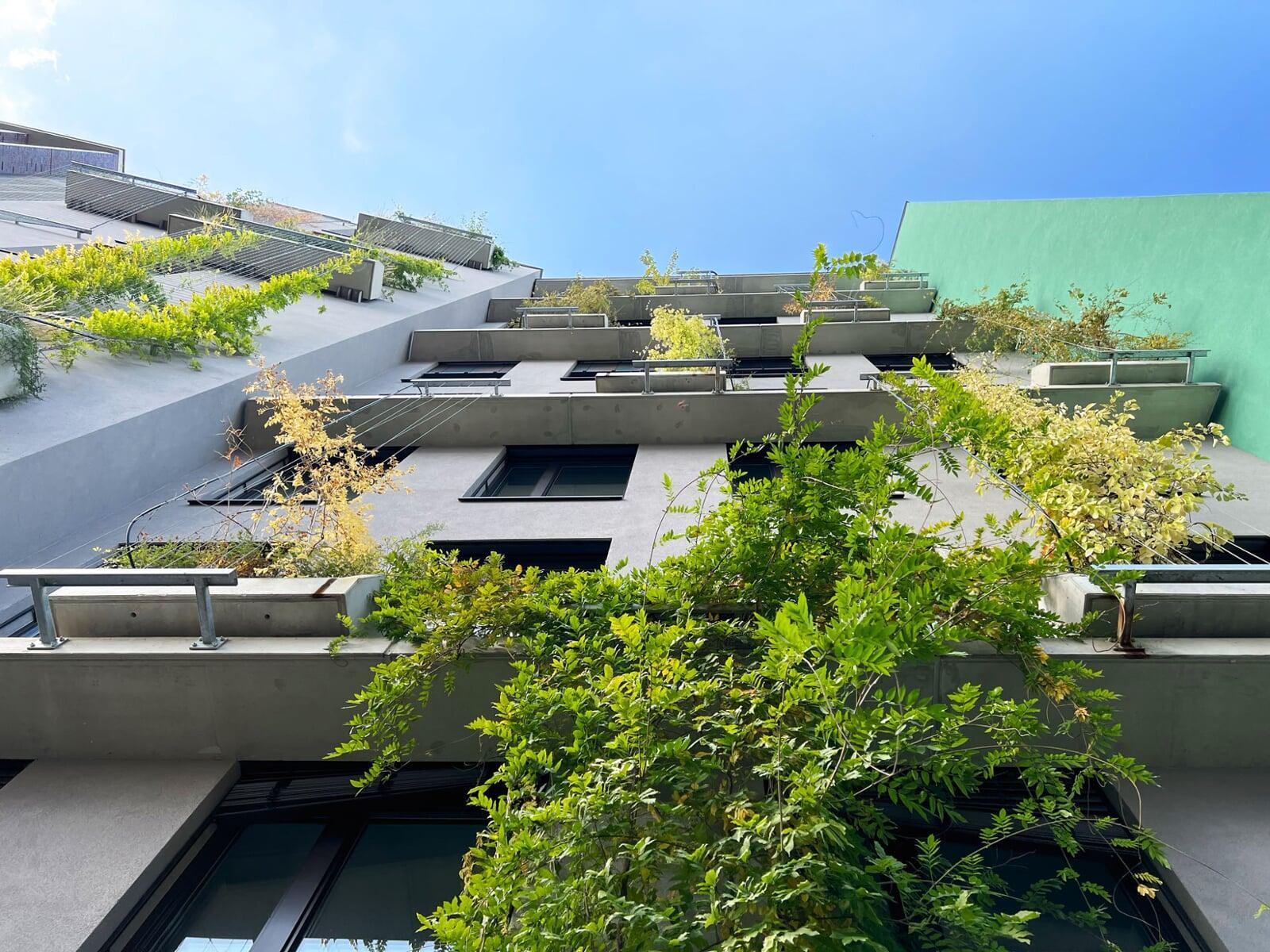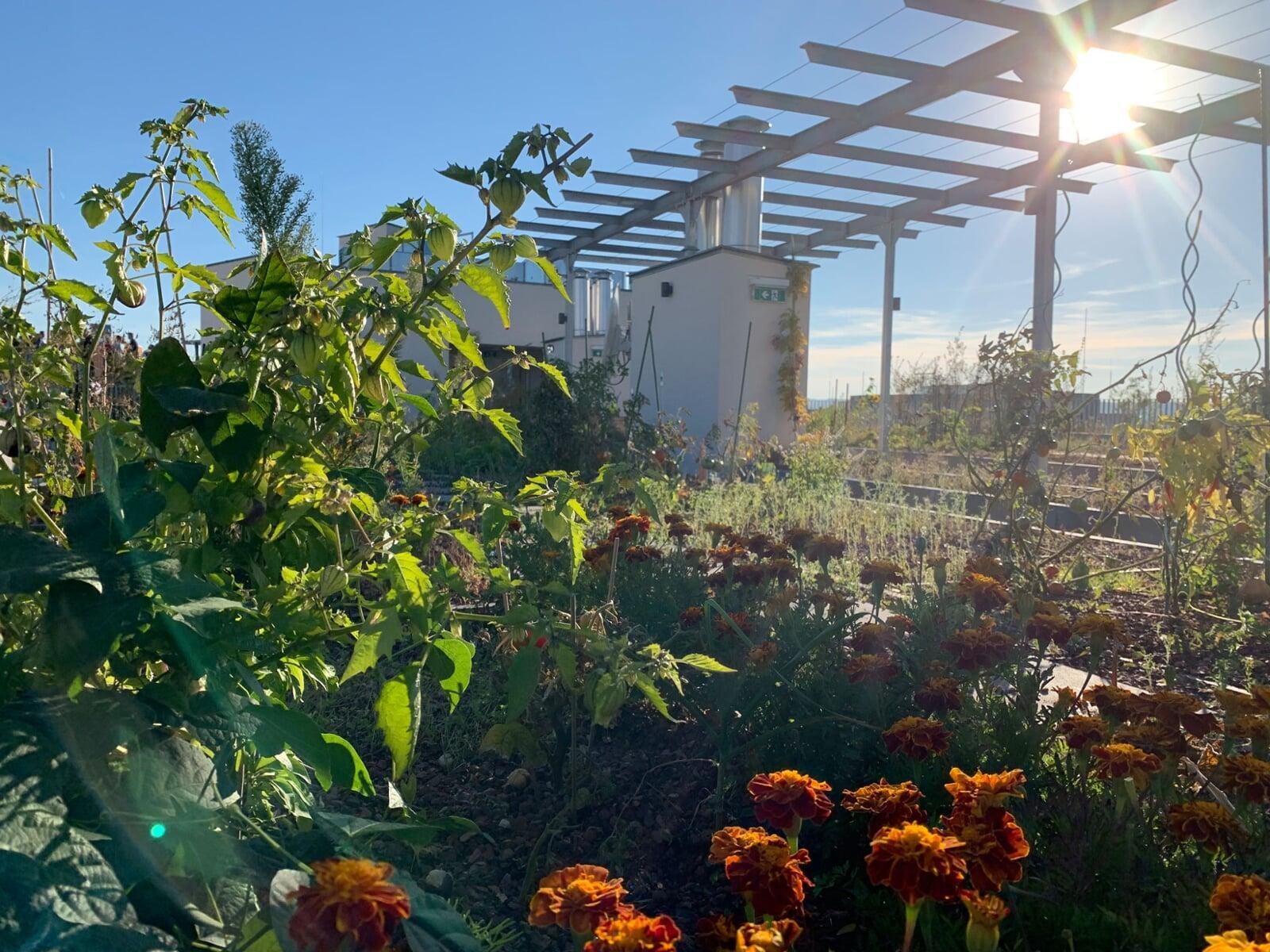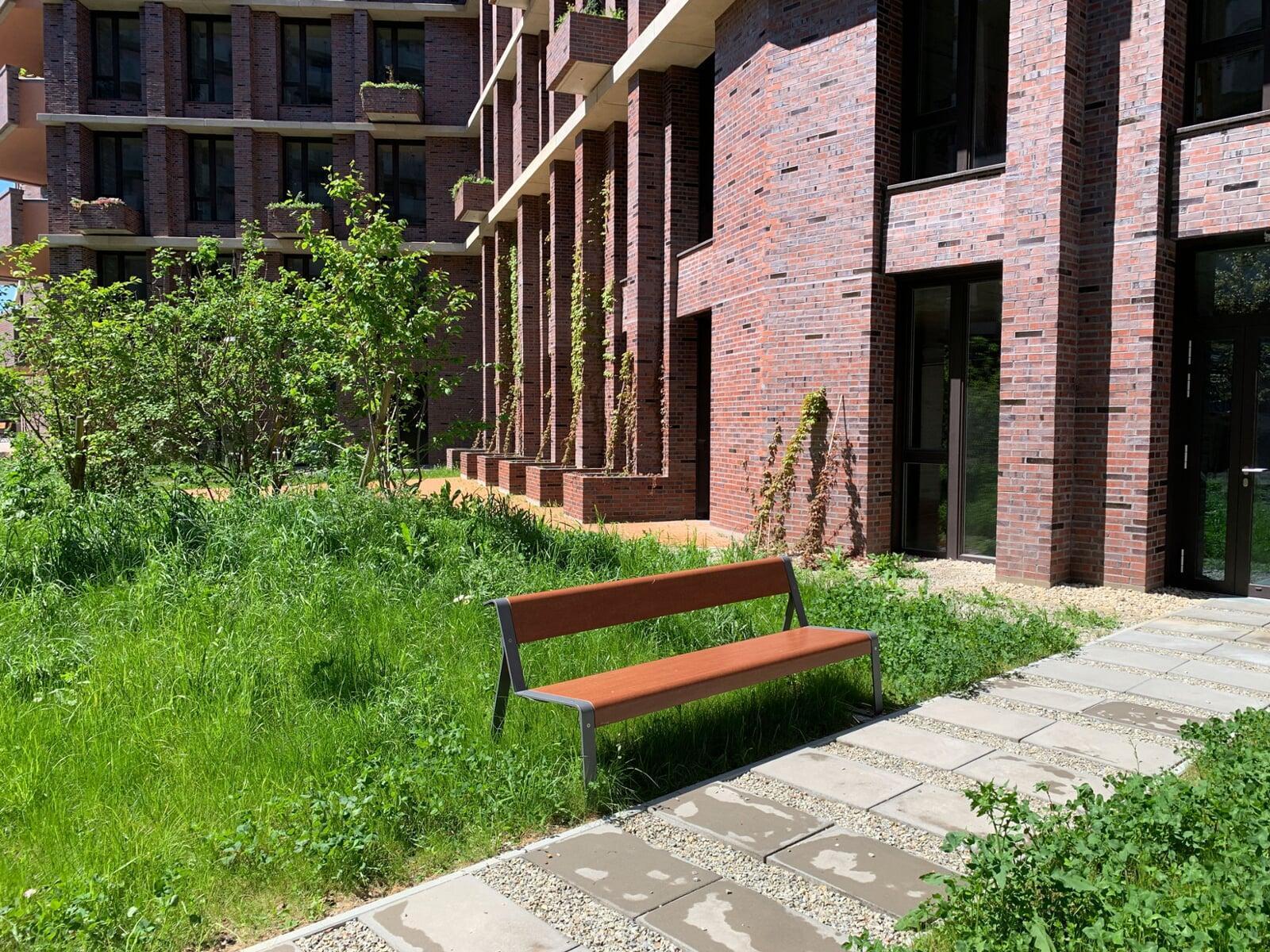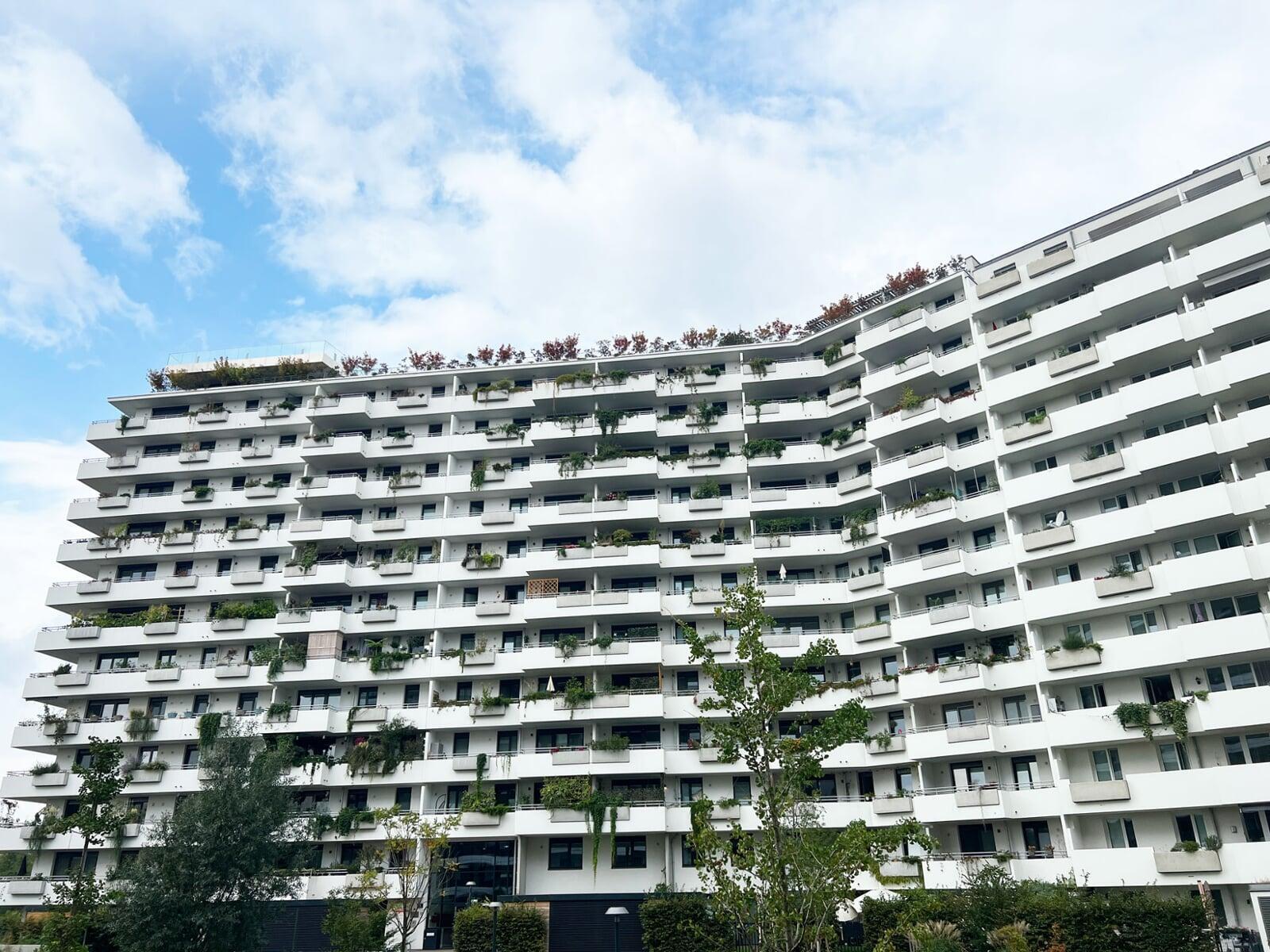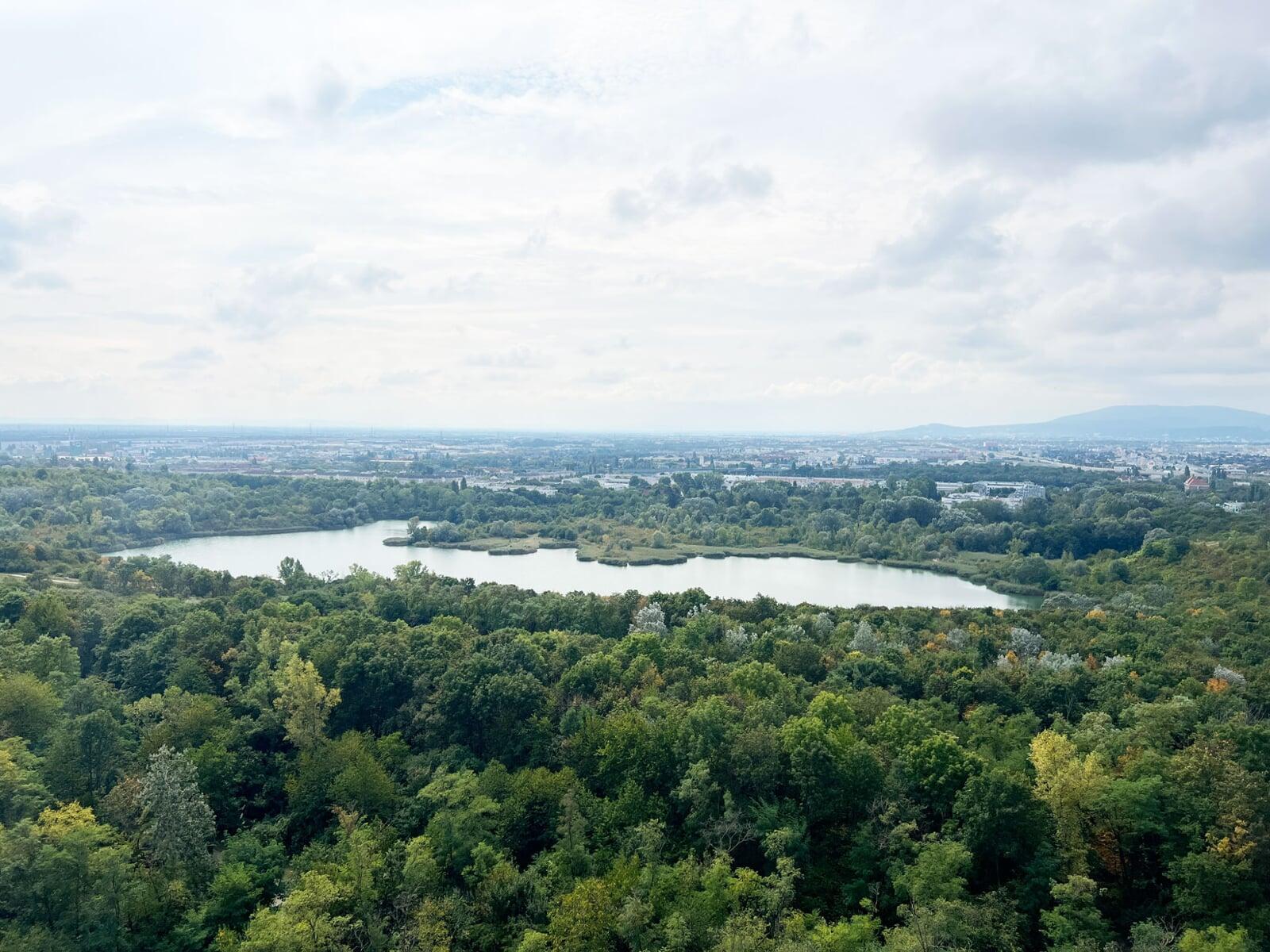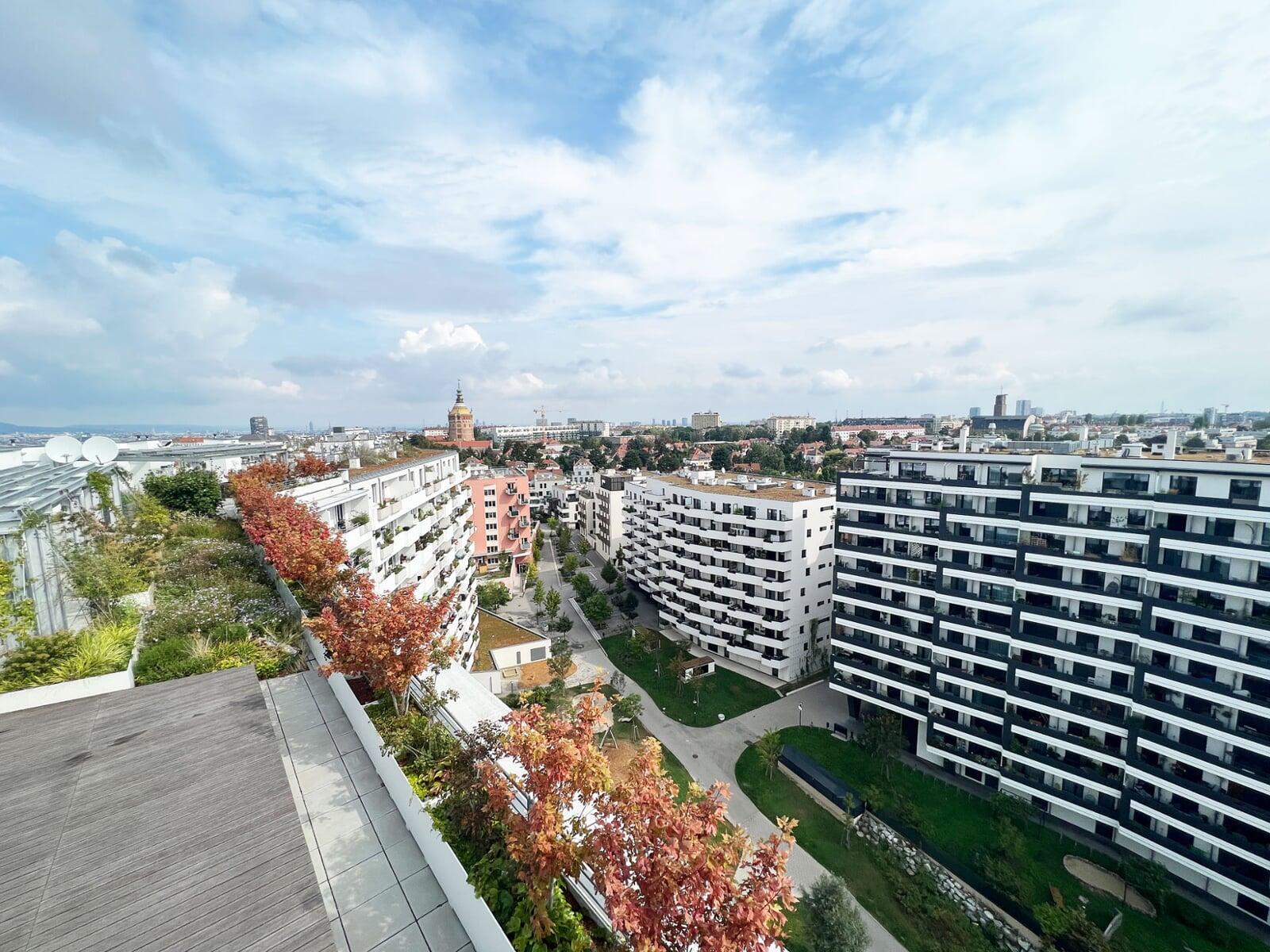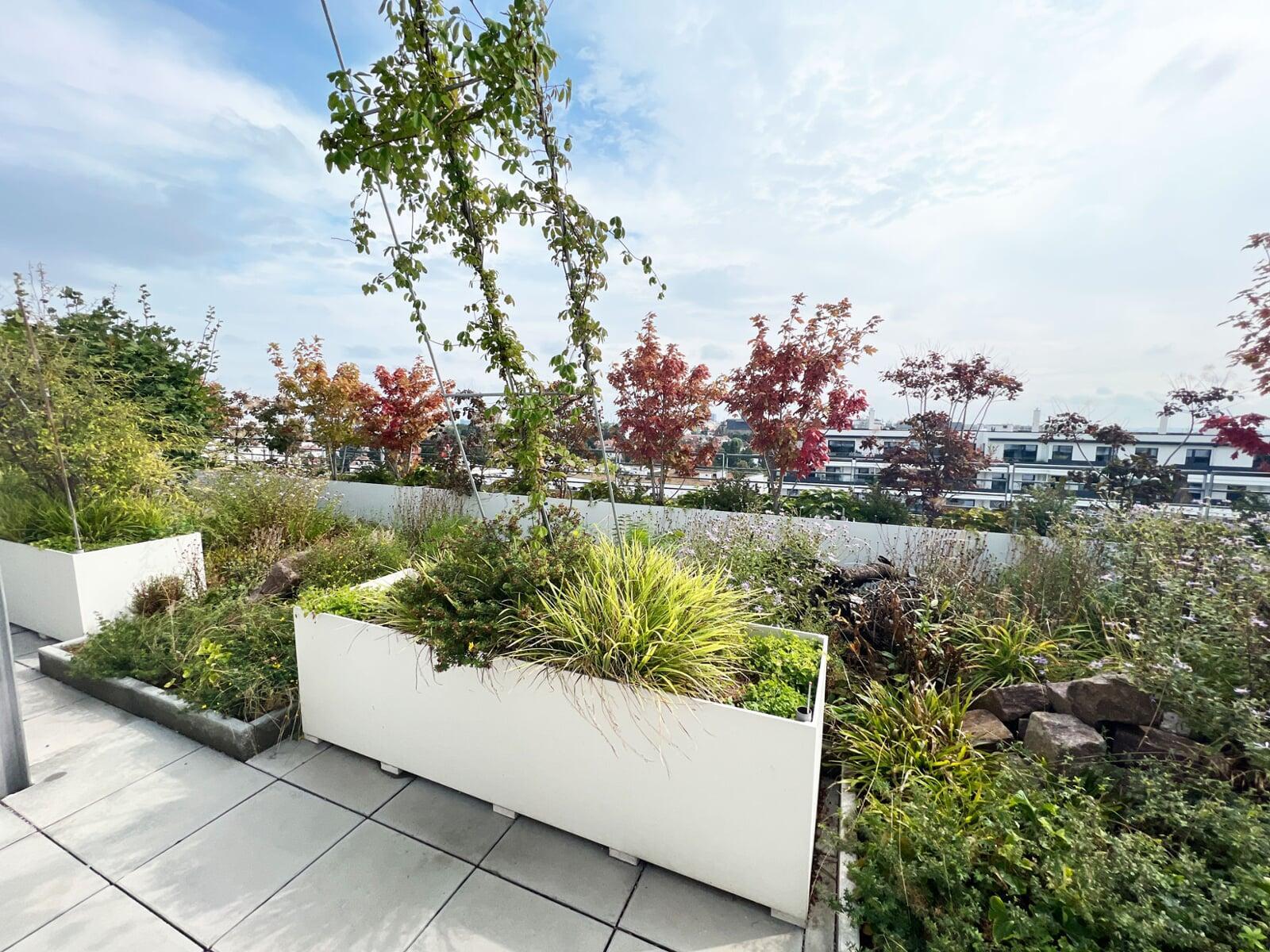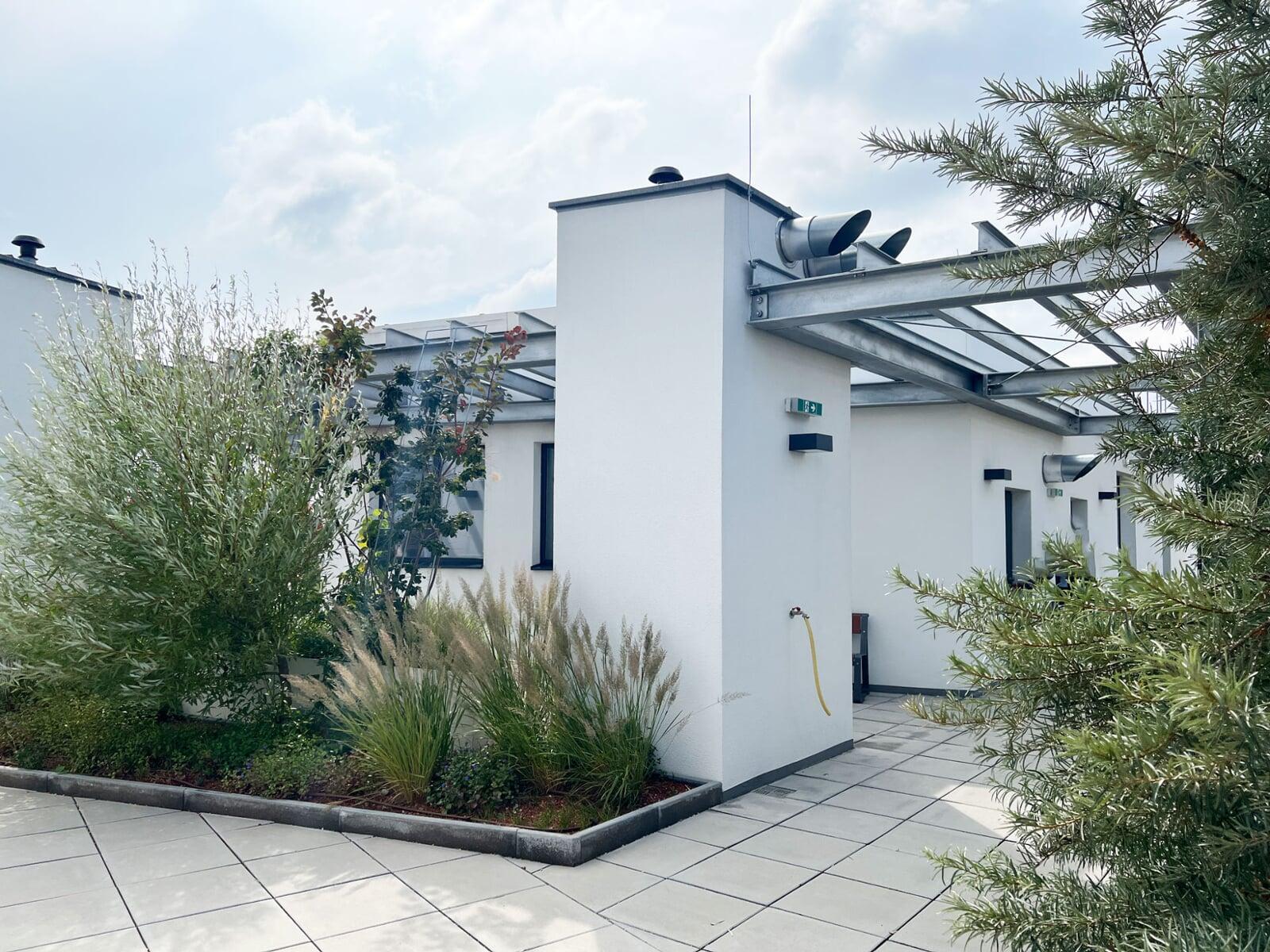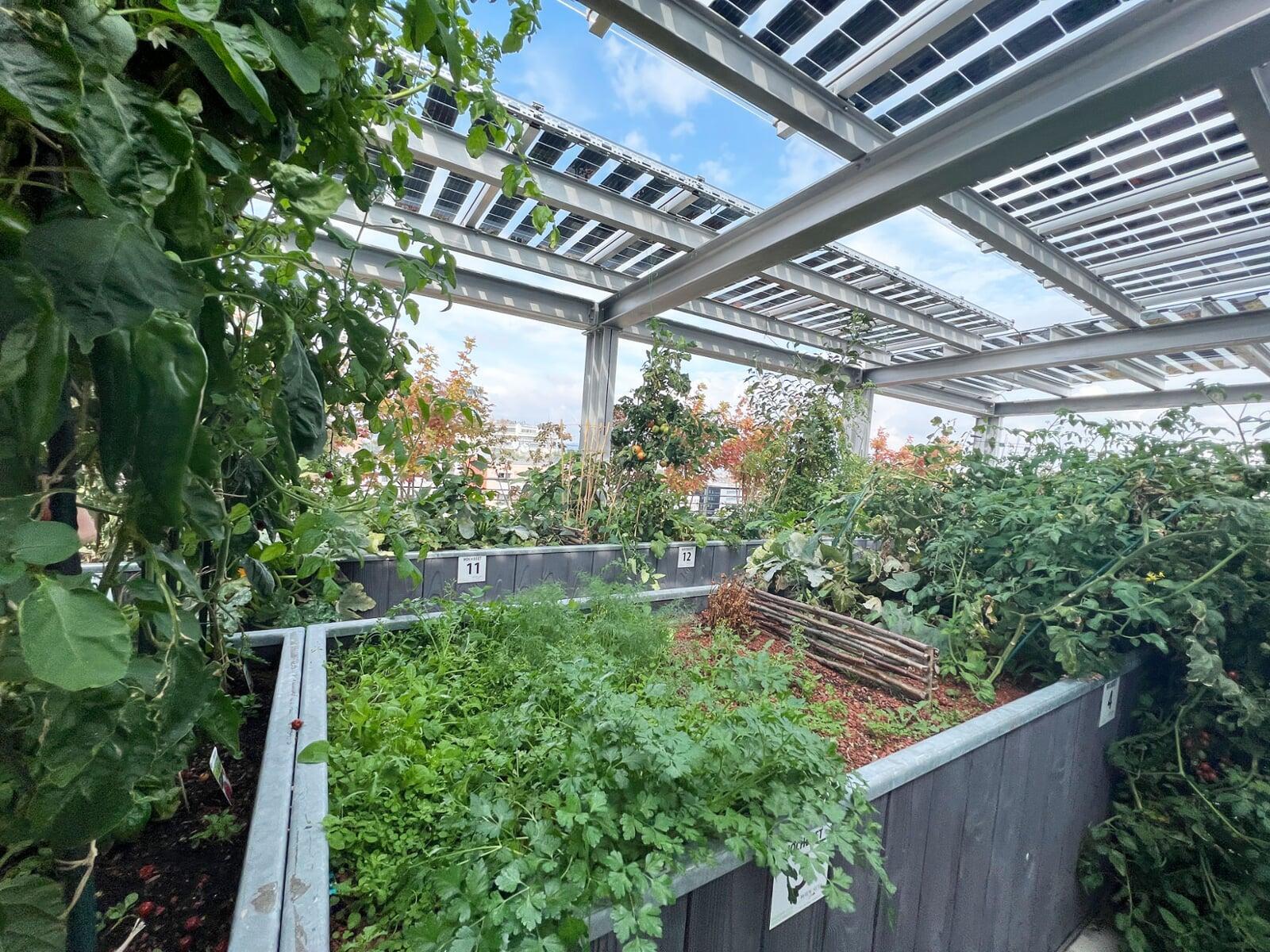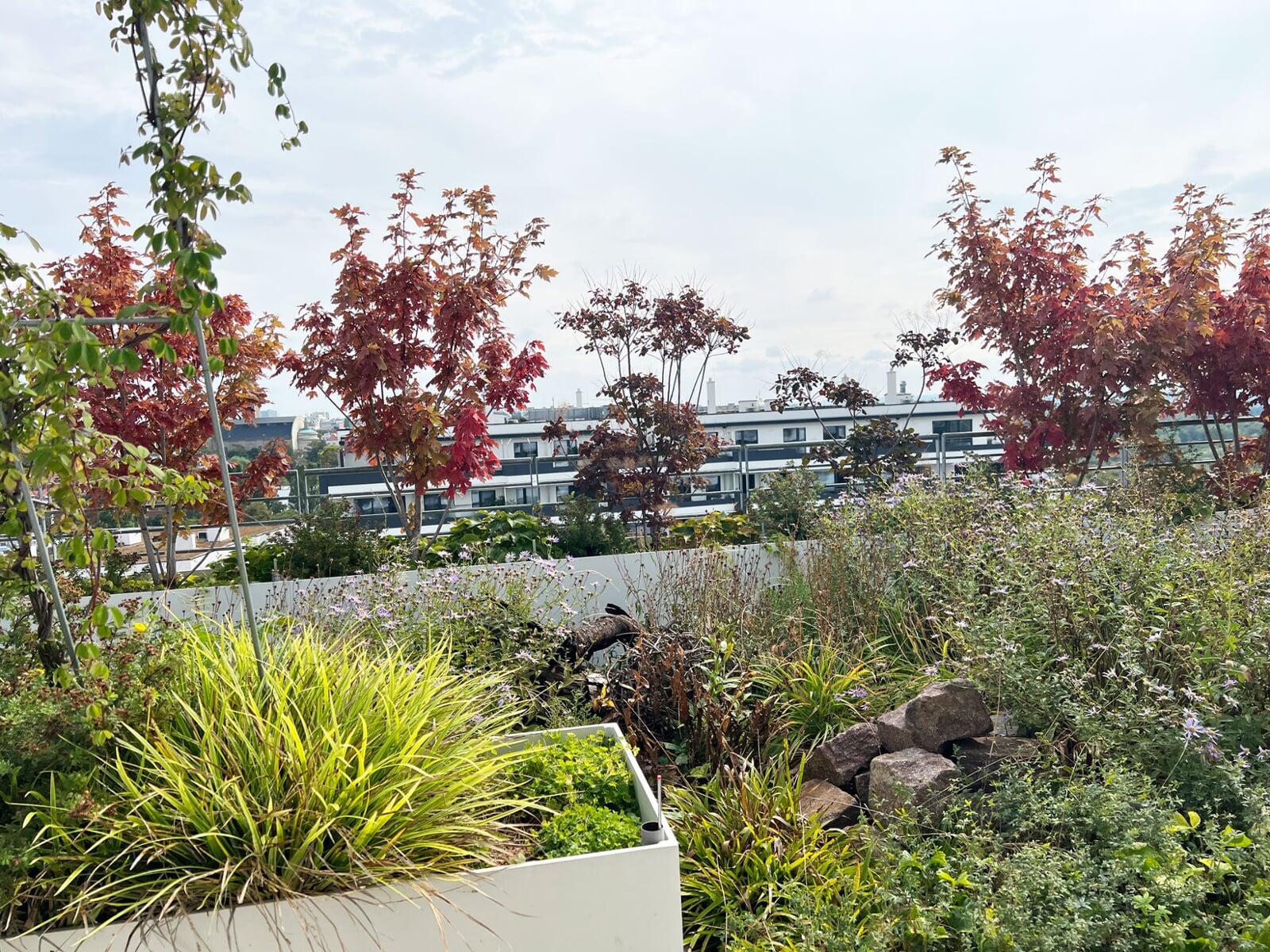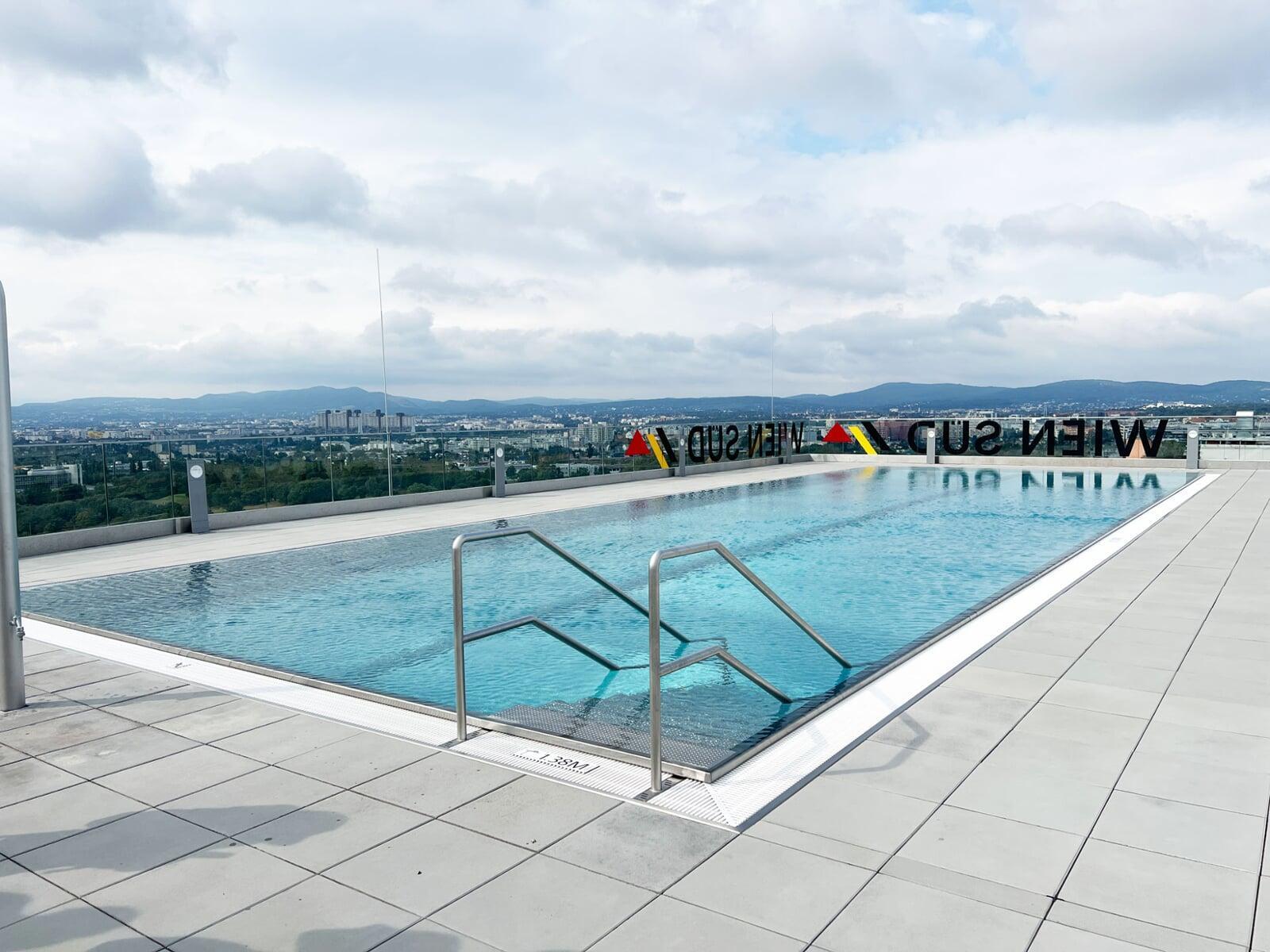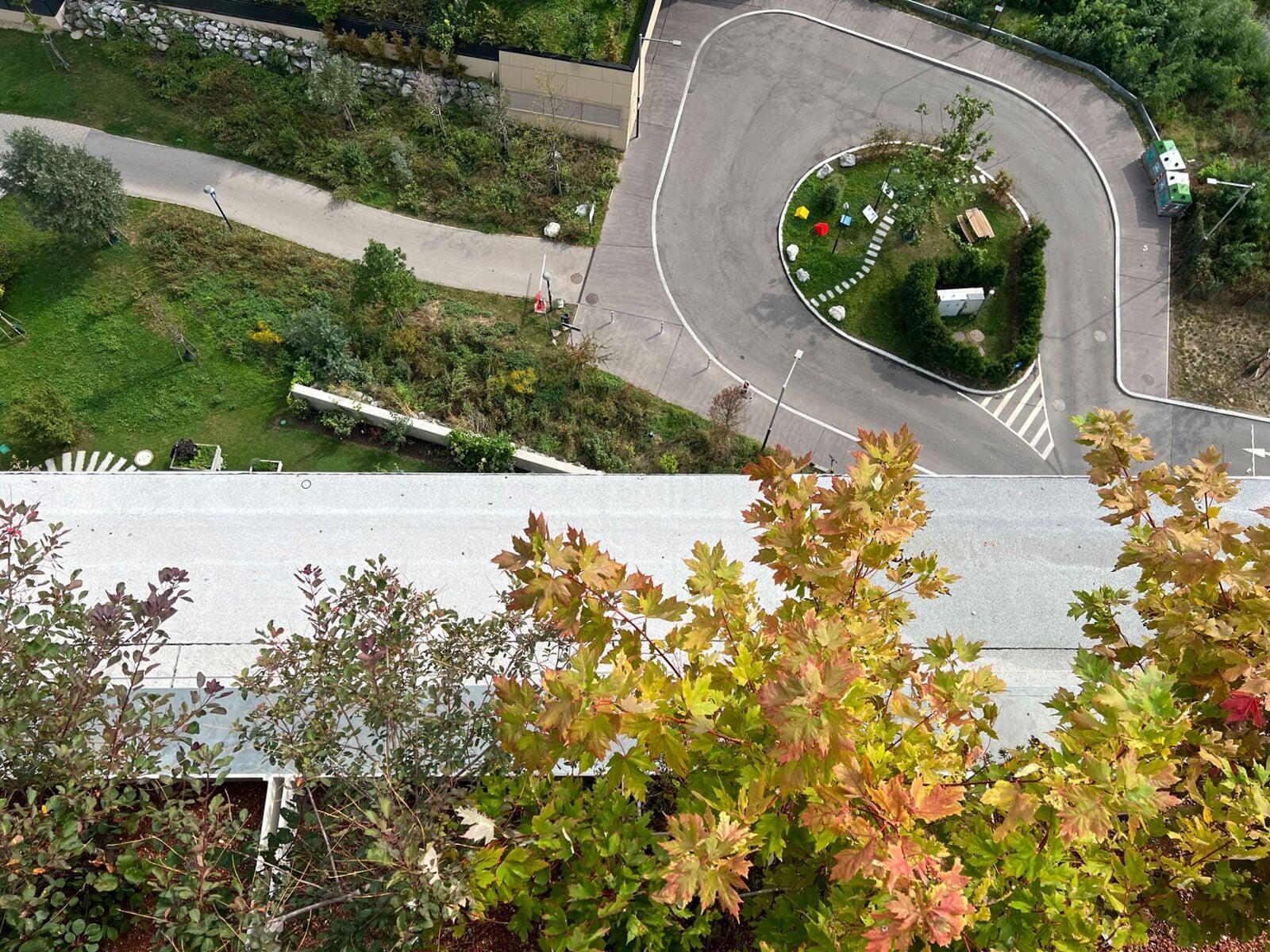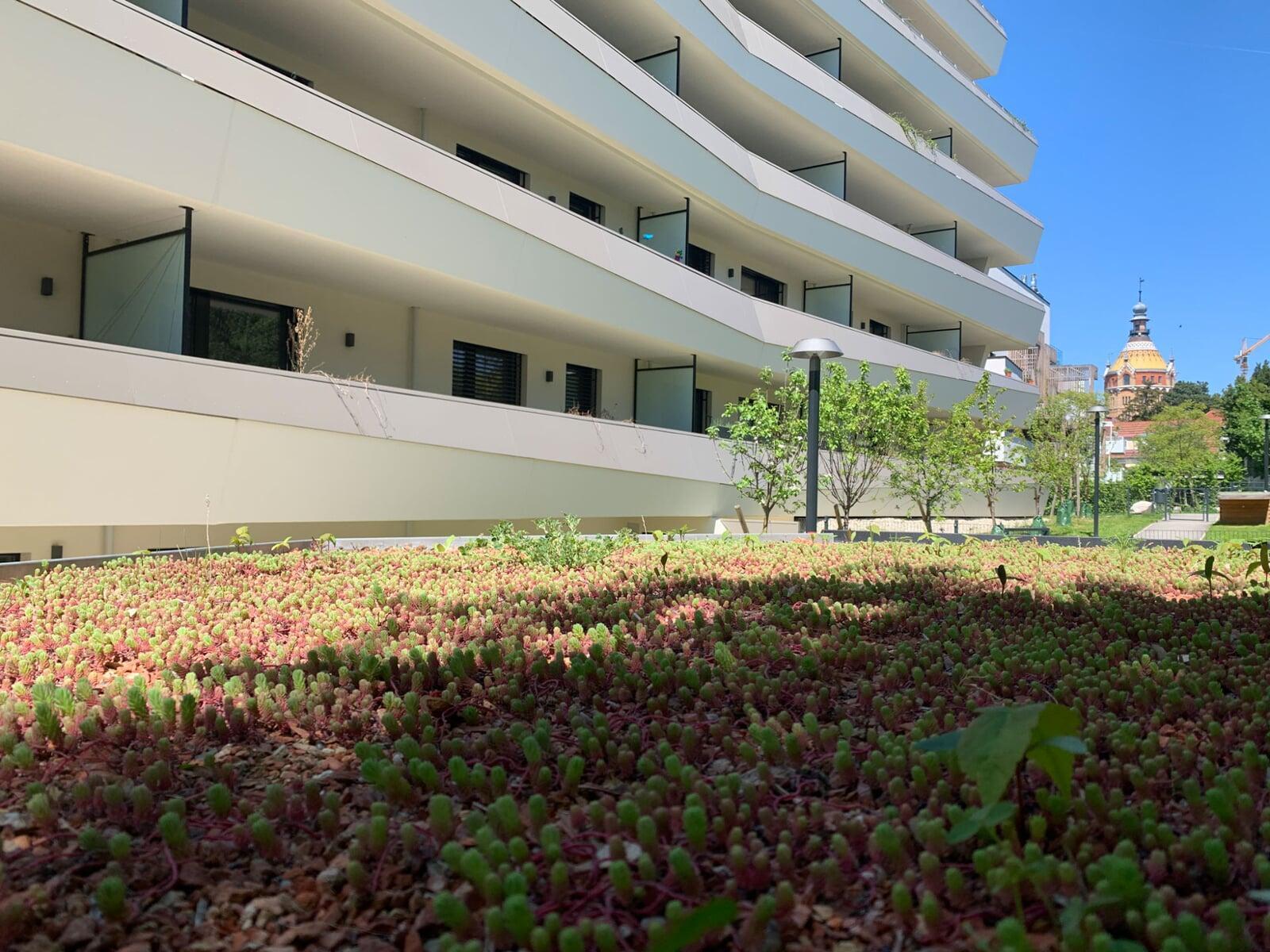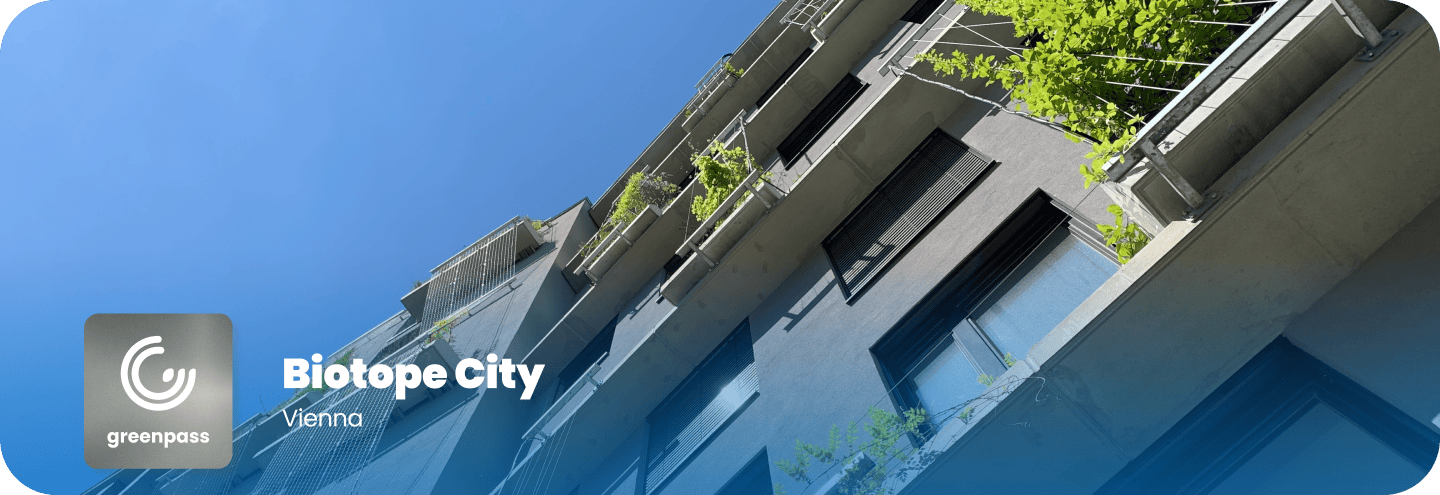
The concept of the city as nature
On the former Coca-Cola production site opposite Wienerberg City in Vienna's 10th district, a unique showcase for the urban development of the future has been created on an area of around 6 hectares. Biotope City Vienna is also the world's first official climate-fit and greenpass Platinum certified urban neighbourhood. This has set a new international benchmark for future-proof, sustainable, green urban development that is climate-resilient and nature-inclusive.
Eight property developers and a team of architects and experts from various disciplines worked closely together to develop this district. On the site of the former Coca-Cola warehouses, around 950 flats have been built, 2/3 of which are socially subsidised housing, with a new secondary school, a kindergarten as well as shops, office space, communal facilities and an extremely generous, diverse range of open spaces. But it all started much earlier.
Flora + Fauna + People = Biotope City
The Biotope City concept originates from the Biotope City Foundation and was realised for the first time in Vienna. As a garden city of the 21st century, Biotope City Wienerberg responds effectively to the major challenges of our time with generous green spaces for play, local recreation and urban gardening as well as sustainable integrative rainwater management. By involving local residents and creating meeting spaces for future residents, particular emphasis is placed on social sustainability and good neighbourhood relations - as well as on successful climate change adaptation through comprehensive support with greenpass.
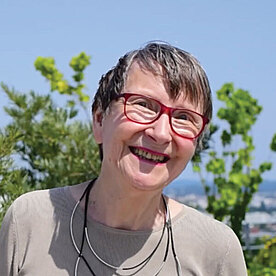
Biotope City Foundation Amsterdam Initiator Prof. Dr. Helga Fassbinder
Officially the world's 1st climate-fit urban neighbourhood
The cooperative planning process for the car-free district, in which the well-known Viennese architect Harry Glück († 2016) played a key role, was accompanied from the outset by a greenpass 3D Analytics and (Pre-)Certification. Digital simulation models and performance indicators were used to optimise the building structure, materials, roof and façade greening, including the open space with its plants and trees, in terms of their impact on the climate and quality of life. Property developers and planning experts agreed early on the objective of building a truly sustainable urban neighbourhood and agreed to stick to concept of a Biotope City.
The Climate and Energy Fund supported scientific research to evaluate this process. The Biotope City Wienerberg was accompanied by an interactive greenpass analysis and certificationto ensure the quality of the objective. As a result, the planning was successively optimised and compared with the existing situation (status quo) and reference scenarios (worst case - moderate case - best case). As a result, Biotope City Vienna shows a major improvement in all six areas analysed: Climate, water, air, biodiversity, energy and costs. It also achieved a large number of bonus points in the areas of biodiversity, resources and social issues. Based on the greenpass analyses and recommendations, the impact performance was even increased from Gold to Platinum. With an overall fulfillment rate of 93%, Biotope City Vienna is the world's first climate-fit urban district to be certified greenpass Platinum.

greenpass PLATINUM certified district
Like a passport for people, the greenpass serves as an official confirmation document. The greenpass transparently summarises the climate resilience and sustainability of properties and their open spaces.
Following successful optimisation, Biotope City Vienna has achieved a certification level of 93% and therefore greenpass PLATINUM.
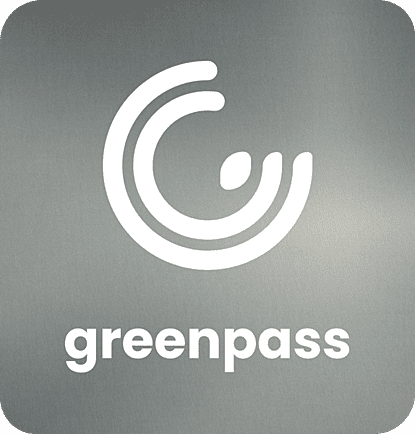
Platinum
Biotope City Vienna
Biotope City Vienna
AT-2017-002
Additional certifications
Climate resilience

What is the point of it all?
The project offers a variety of important qualities of life for residents and neighbours alike. On a typical heatwave day, Biotope City Vienna cools the surrounding area by up to 2.2°C compared to the previous air temperature. This is underpinned by the scientific proof of quality from greenpass, based on expert simulations with ENVI-met. However, the perceived temperature difference in the open space is much higher. The residents have a variety of areas with pleasant temperatures at their disposal. The many large trees that have already been planted, with their shade and evaporation on hot days, sometimes lead to a perceived temperature that is more than 20 °C cooler.


Pioneering innovations have been implemented in Biotope City Vienna, which is why it is also a flagship project of the Vienna International Building Exhibition 2022, because Biotope City shows how livable, climate-fit and social housing can work. The magnificent greenpass Platinum award also proves this.
City of Vienna
Biotope City Vienna has 40 % less sealed surfaces than the previous warehouses. The use of vegetation reduces the thermal storage capacity. As a result, the existing surfaces are around 28°C cooler in summer. Rainwater is retained on the site according to the sponge city principle and made available to the plants for evaporation. Excess rainwater ultimately flows into the adjacent pond.
In total, around 2 ha of additional green space was created in Biotope City Viena, among that 17.6 ha of leaf area, which at around 118 kg/heat day stores more than twice as much CO₂ as before the redesign. Despite the dense new construction, Biotope City Vienna is therefore helping to reduce Vienna's CO₂ emissions. All this for only around 2% of the total construction costs (€ 89.40/m²) and annual maintenance costs of around € 9.70/m² for the plants. By involving the residents in the maintenance concept, the maintenance costs can be reduced even further.
Challenge
Indicator
Thermal Comfort (TCS)
Scenario
OPTIMIZATION
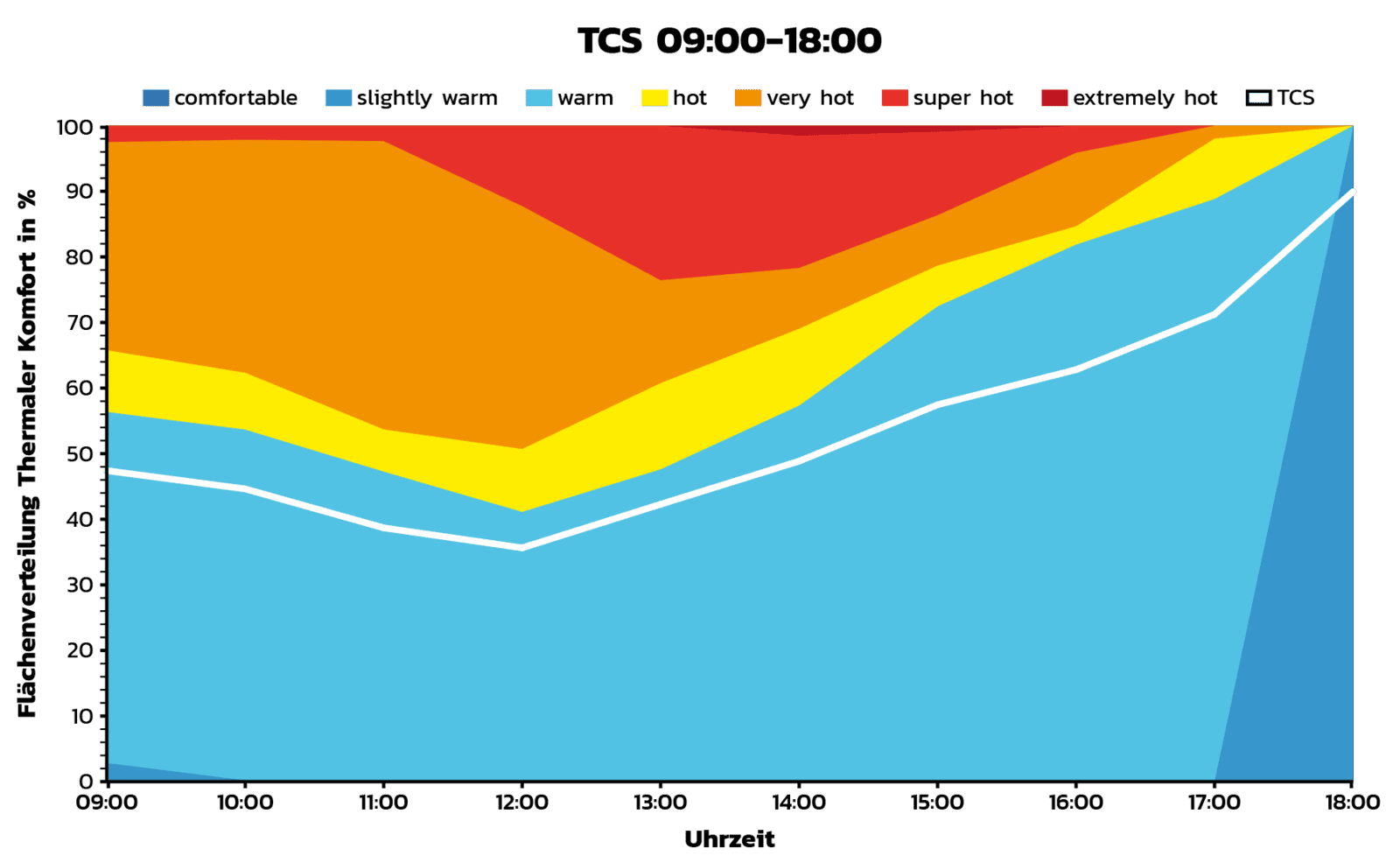
Challenge
Indicator
Thermal Comfort (TCS)
Scenario
PLANNING

Challenge
Indicator
Thermal Comfort (TCS)
Scenario
STATUS QUO

Challenge
Indicator
Thermal Comfort (TCS)
Scenario
WORST CASE
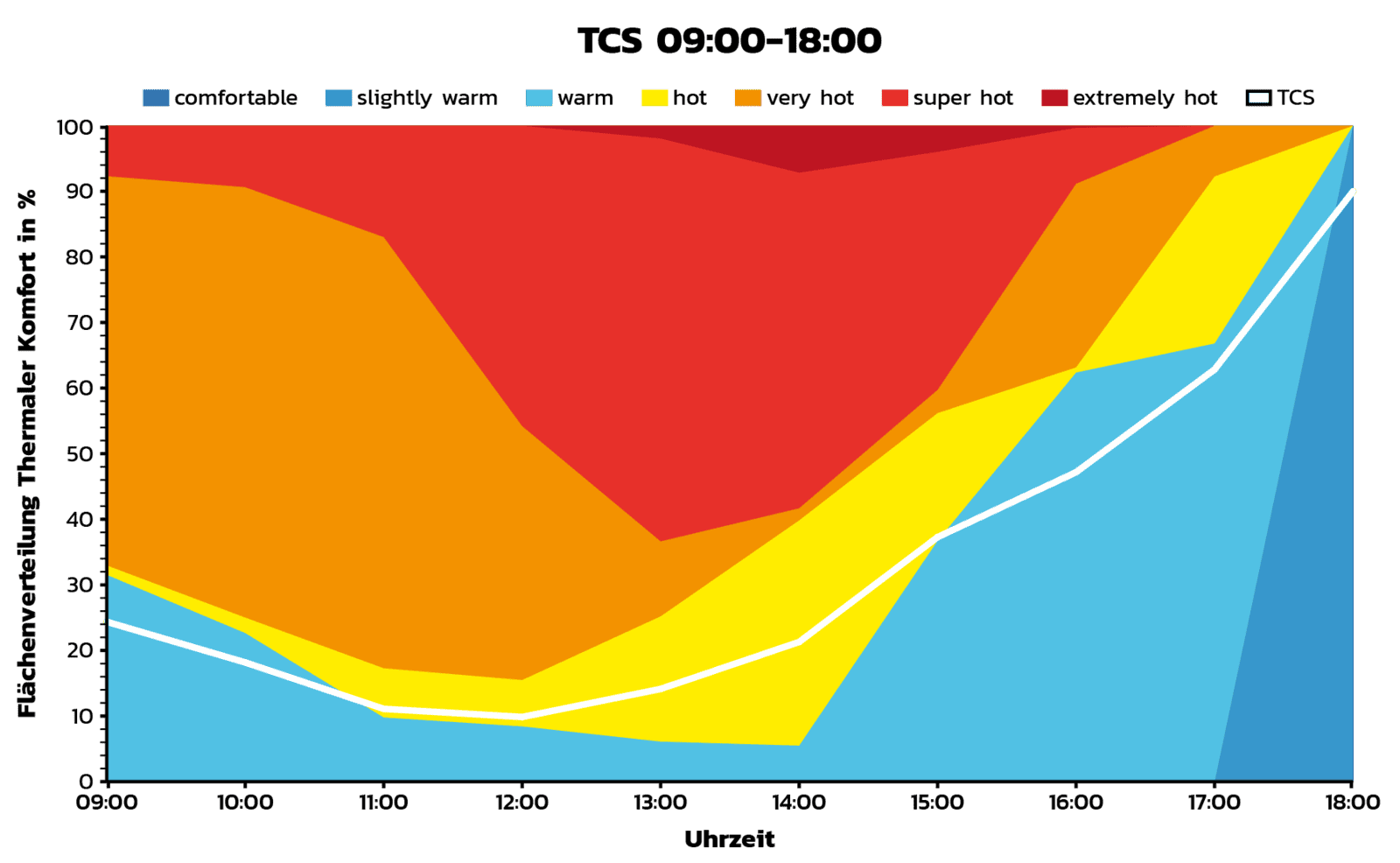
Challenge
Indicator
Thermal Comfort (TCS)
Scenario
MODERATE CASE
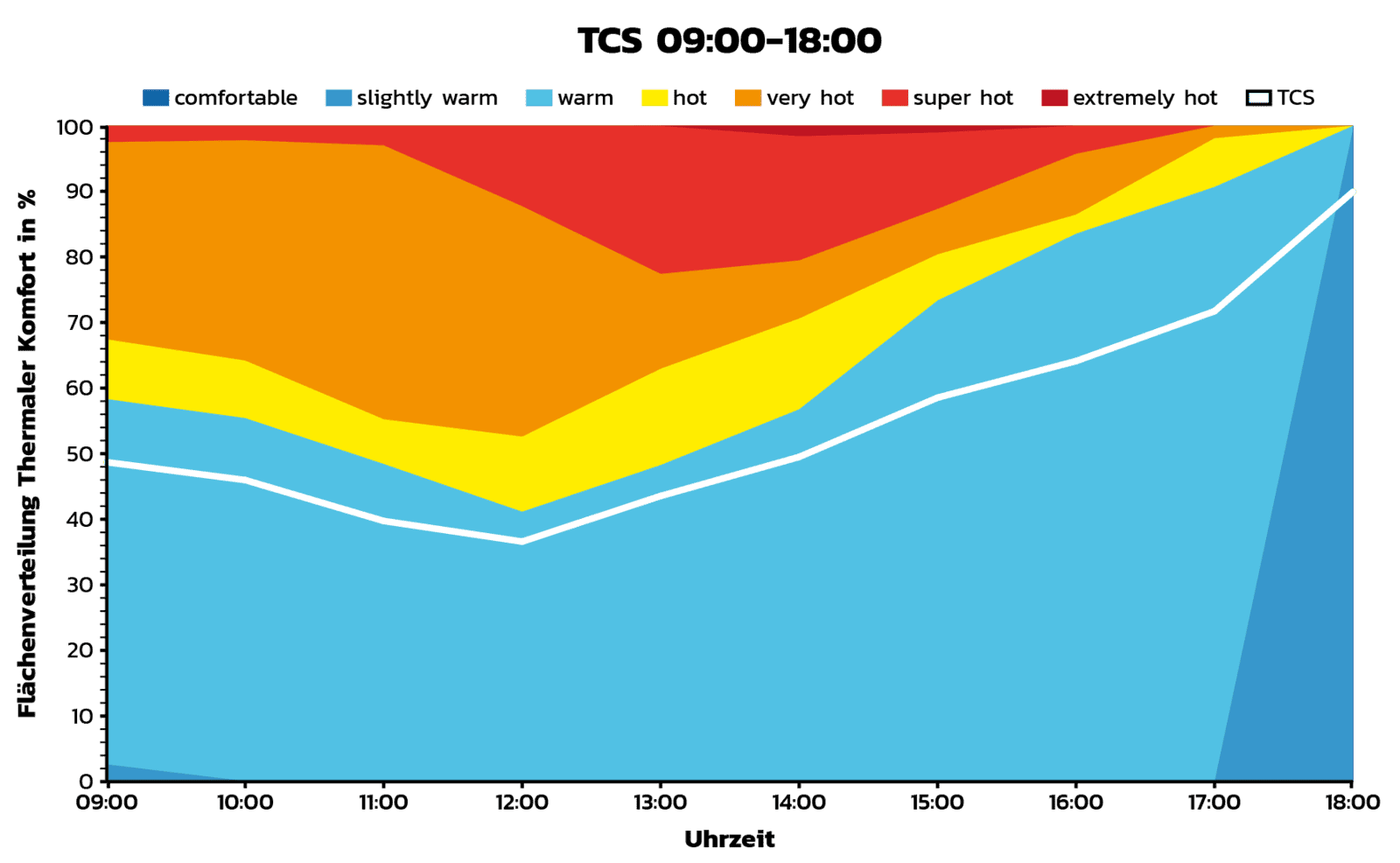
Challenge
Indicator
Thermal Comfort (TCS)
Scenario
BEST CASE





In addition to the assessment of the 28 key performance indicators (KPIs), all of the possible bonus points in the biodiversity category were awarded for species diversity, vegetation structures, species-rich herbaceous layer, plant species protection, habitat structures, bee and bird pasture as well as nesting and breeding sites. The project scores highly for resources thanks to the use of recycled materials, rainwater treatment and smart irrigation systems. In the social field, bonus points are deservedly awarded for private open space, communal area and accessibility of the outdoor space.
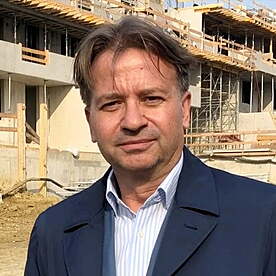
For us, greenpass is an essential tool and criterion for decision-making in the planning of green and climate-fit social housing projects.
Wohnbaugenossenschaft Wien Süd, Board member Walter Koch
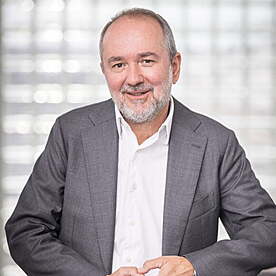
The legacy of architect Harry Glück and the urban planning concept of Helga Fassbinder conceptualise the city as a diverse expression of nature. Seven property developers and many innovative partners, such as the City of Vienna and greenpass, mastered the interdisciplinary, cooperative development process - the result can be experienced and lived in here today. Biotope City as an urban laboratory and field of experimentation shows what is possible in Vienna in the future.
ARWAG, Board member Mag. Thomas Drozda
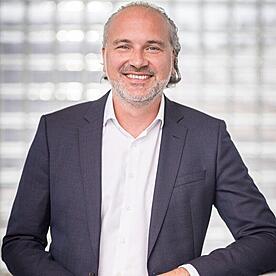
Biotope City Wienerberg is our response to the environmental conditions caused by climate change - a successful interplay between architecture, nature, landscape planning & science that reinterprets the concept of the dense city & creates improved living conditions for people, animals & plants.
ARWAG, Board member Mag. (FH) Christian Raab
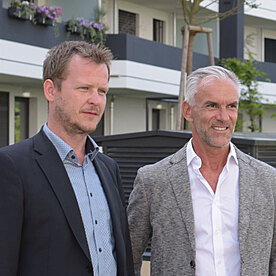
Ecological sustainability is an important part of the development process for our projects. We are proud that we have now even received the Platinum award from greenpass.
Mischek, Project Manager Ing. Henrik Taraba (left) & Ing. Christopher Girg (right)
After completion of the final construction work and planting, an event was held with a small celebration with the official representatives of the project participants, during which the official certification plaques were presented.
Biotope City Vienna is a model project and is breaking new ground in many respects. To ensure that this concept can also be realized elsewhere, a ‘Construction manual for a Biotope City’ was developed as part of the research project. Based on the experiences of Biotope City Vienna, it describes how to realize such a pioneering concept. The Biotope City Construction Manual can be downloaded online free of charge.
Biotope City Talks
Find out more information and impressions from the people involved in Biotope City Vienna in the Biotope City Talks.




